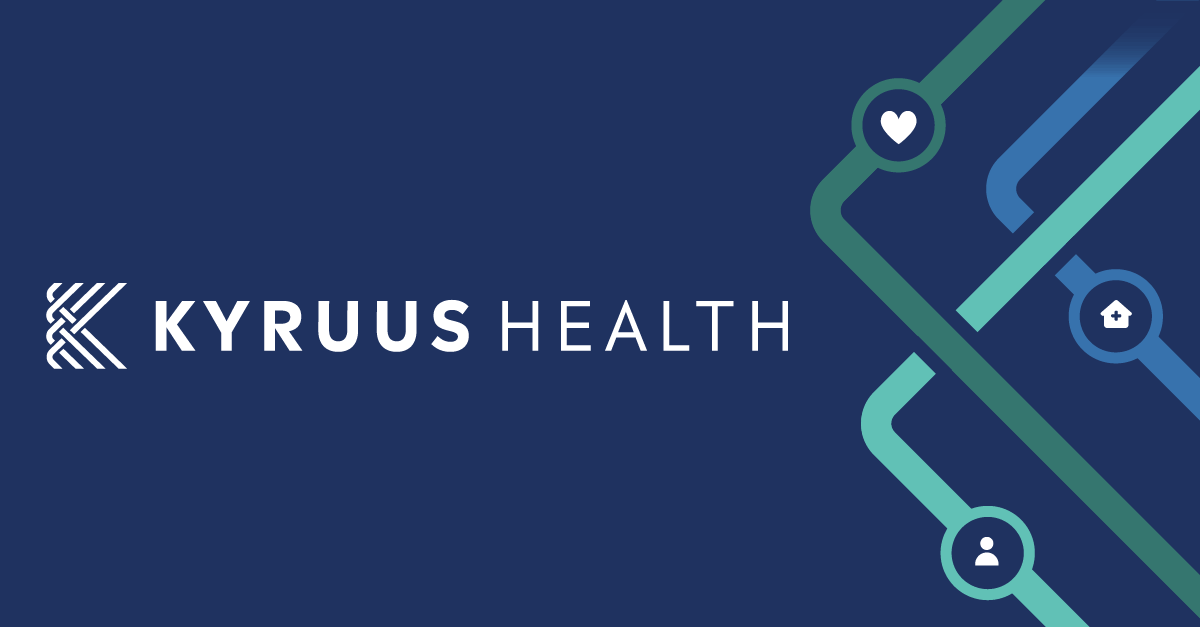It’s been nearly 50 years since psychologist Herbert Freudenberger, who often volunteered at a free clinic in New York City, initiated the concept of burnout. In a published scientific article, he described it as “becoming exhausted by making excessive demands on energy, strength, or resources” in the workplace.
Much has been studied about physician burnout over the past decade. What receives much less attention, though, is physician depression.
Burnout doesn’t cause depression, but it increases the risk of it. The following numbers from Medscape’s 2023 Physician Burnout & Depression Report detail the impact of these two issues:
- Roughly 23 percent of physicians report depression now compared with 15 percent five years ago.
- Of those 23 percent of physicians with depression, 67 percent said they have colloquial depression, and 24 percent report having clinical depression.
- According to respondents, the biggest factor contributing to their depression is job burnout.
- About 32 percent of depressed physicians report becoming easily exasperated. Almost 19 percent are less careful taking patient notes, and 11 percent make uncharacteristic errors.
It’s not only seasoned professionals who report being depressed. Up to 30 percent of medical students and residents screen positive for depressive symptoms. Nurses aren’t exempt from this problem, either. Approximately 18 percent of hospital nurses exhibit signs of depression.
Contributors to Physician Depression
Of the estimated 350 million people worldwide who suffer from depression, healthcare workers are the most likely to have a high rate of this disease. Why? A big reason is their high workload. Research has found that working 90 or more hours a week was associated with changes in depression symptom scores three times larger than those working 40 to 45 hours per week.
Just as with burnout, a notable contributor to depression in physicians is excessive work stress due to too many bureaucratic tasks. Almost half of a doctor’s workday is spent on administrative work, while only 27 percent is spent on direct clinical care.
Even though the COVID-19 pandemic may very well soon no longer be declared a public health emergency in the United States, it’s still taking a toll on physicians and other healthcare professionals. Along with depression, there have been documented high rates of stress, anxiety, and posttraumatic stress disorder (PTSD) in frontline health workers.
A Higher Risk of Suicide
It’s been noted that depression and burnout both contribute to unintentional medical errors by physicians. That’s because doctors who experience symptoms of depression along with burnout are at risk for more pronounced safety risks.
Another serious risk of depression for physicians is that it puts them at higher risk of suicidal ideation. Mental health issues such as depression, substance abuse, self-destructive tendency, and guilty self-concept are all associated with physician suicide.
Roughly 300 to 400 physicians die by suicide. The relative risk of female doctors committing suicide is 2.27 times greater than the general female population.
The very individuals tasked with helping others heal often don’t seek treatment for depression. Maybe they don’t realize their sadness, lack of interest, diminished energy, and/or difficulty concentrating are key characteristics of depression. Perhaps they are in fear of being stigmatized by their physician colleagues or experiencing long wait times to see a qualified mental health professional.
It’s troubling that a lot of doctors report not seeking therapy for depression because they’re afraid of losing their medical license. Some state medical licensing boards ask physicians invasive mental health questions before granting them a license to practice there. The very steps taken to ensure patient safety make it harder for doctors to get the treatment they need.
Resources for Physicians
Studies have found that mindfulness training has resulted in sustained reductions in depressive symptoms, stress, and burnout scores and increased physician well-being and patient-centered qualities. Some medical groups offer an Employee Assistance Program (EAP), which connects physicians dealing with mental health issues like depression with a counselor.
Likewise, most states have Physician Health Programs (PHPs). These programs, which are supported through legislative action and are exempt from required reporting, provide confidential assessment, referral to treatment, and other resources and monitoring for physicians and other healthcare professionals.
Another option for physicians seeking help for depression or other mental health issues is telehealth. Just as it helps doctors reduce administrative burden and improve patient care, it can be utilized to give them the privacy and anonymity they prefer for accessing therapy. Physicians can attend appointments at home or elsewhere away from their practice, even in rural areas.
The American College of Physicians (ACP), American Medical Association (AMA), the Accreditation Council for Graduate Medical Education (ACGME), and the American Foundation for Suicide Prevention (AFSP) all offer resources for physicians and other healthcare professionals experiencing depression and/or thoughts of suicide. If you are experiencing signs of suicide, please contact the National Suicide Prevention Lifeline at 800-273-8255.



